You know you're a Hawaiian gardener if...
Anakaleki
19 years ago
Featured Answer
Sort by:Oldest
Comments (21)
Anakaleki
19 years agolast modified: 9 years agoMatt G
19 years agolast modified: 9 years agoRelated Professionals
Reading Landscape Architects & Landscape Designers · Quincy Landscape Architects & Landscape Designers · Saint Louis Park Landscape Architects & Landscape Designers · Zion Landscape Architects & Landscape Designers · Elgin Landscape Contractors · Lakeland Landscape Contractors · Cedar Hill Landscape Contractors · Las Vegas Landscape Contractors · Mercedes Landscape Contractors · Nutley Landscape Contractors · Overland Park Landscape Contractors · Pomona Landscape Contractors · Soddy Daisy Landscape Contractors · Oxon Hill Landscape Contractors · Winter Gardens Landscape Contractorshotzcatz
19 years agolast modified: 9 years agoMatt G
19 years agolast modified: 9 years agomiconiahunta
19 years agolast modified: 9 years agoeieio96720
19 years agolast modified: 9 years agoGingerM
19 years agolast modified: 9 years agoDeweydave
19 years agolast modified: 9 years agoLisaCLV
19 years agolast modified: 9 years agoRon_B
19 years agolast modified: 9 years agoilima
19 years agolast modified: 9 years agoTomato_Worm59
19 years agolast modified: 9 years agoMatt G
19 years agolast modified: 9 years agodevra
19 years agolast modified: 9 years agohotzcatz
18 years agolast modified: 9 years agoLisaCLV
18 years agolast modified: 9 years agohulagurl
13 years agolast modified: 9 years agosilversword
13 years agolast modified: 9 years agolilima
11 years agolast modified: 9 years agosteiconi
11 years agolast modified: 9 years ago
Related Stories

FARM YOUR YARD6 Things to Know Before You Start Growing Your Own Food
It takes time and practice, but growing edibles in the suburbs or city is possible with smart prep and patience
Full Story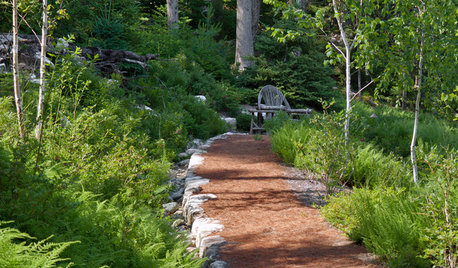
GARDENING GUIDES5 Things to Know About Weeding and Mulching Your Native Garden
What’s the best time to pull weeds? How thick should the mulch be? Here’s the scoop for a healthy landscape
Full Story
GARDENING GUIDES13 North American Backyard Birds to Know
Find out about these enchanting native species and learn how to attract them to your yard
Full Story
MOST POPULARWhat to Know About Adding a Deck
Want to increase your living space outside? Learn the requirements, costs and other considerations for building a deck
Full Story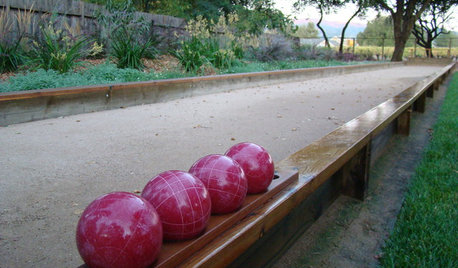
GREAT HOME PROJECTSWhat to Know About Adding a Backyard Bocce Ball Court
A regulation court in a relaxed setting helps you get the most from the Italian pastime. Here's what it takes to build one at home
Full Story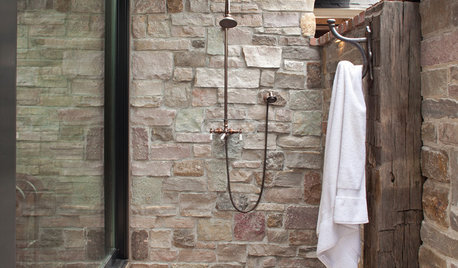
GARDENING AND LANDSCAPING28 Outdoor Projects Everyone Should Know About
Learn how to refinish your wood deck, make a garden fountain, add a shed and more
Full Story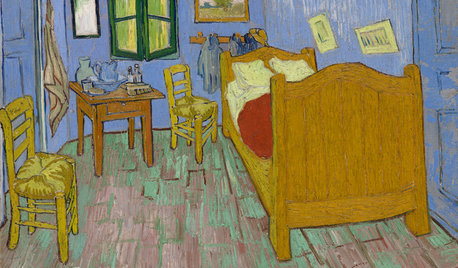
EVENTS15 Art and Design Events to Know for February
Revel in a month’s worth of art, gardening, architecture and more
Full Story
GARDENING FOR BIRDSWhat to Know About Birds Nesting in Your Yard
Learn how to observe, record data and help ornithologists with NestWatch’s citizen science project understand bird trends
Full Story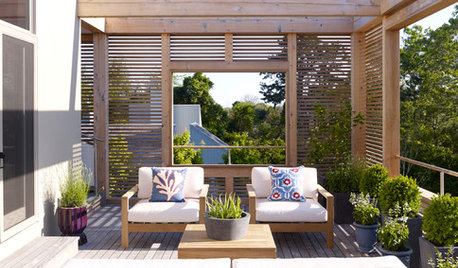
GARDENING AND LANDSCAPINGWhat to Know Before You Buy Teak Outdoor Furniture
Learn about finishes, weathering, care and that age-old oil debate to get the teak furnishings that suit you best
Full Story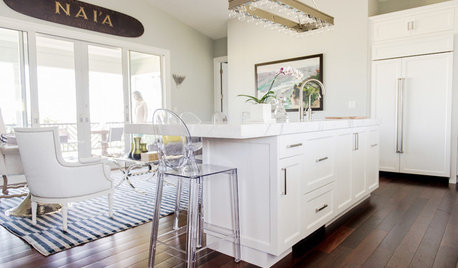
TROPICAL STYLEMy Houzz: New York Chic and Laid-Back Hawaiian Style on Maui
A relocating New Yorker designs an island home influenced by her former city life
Full Story





AnakalekiOriginal Author